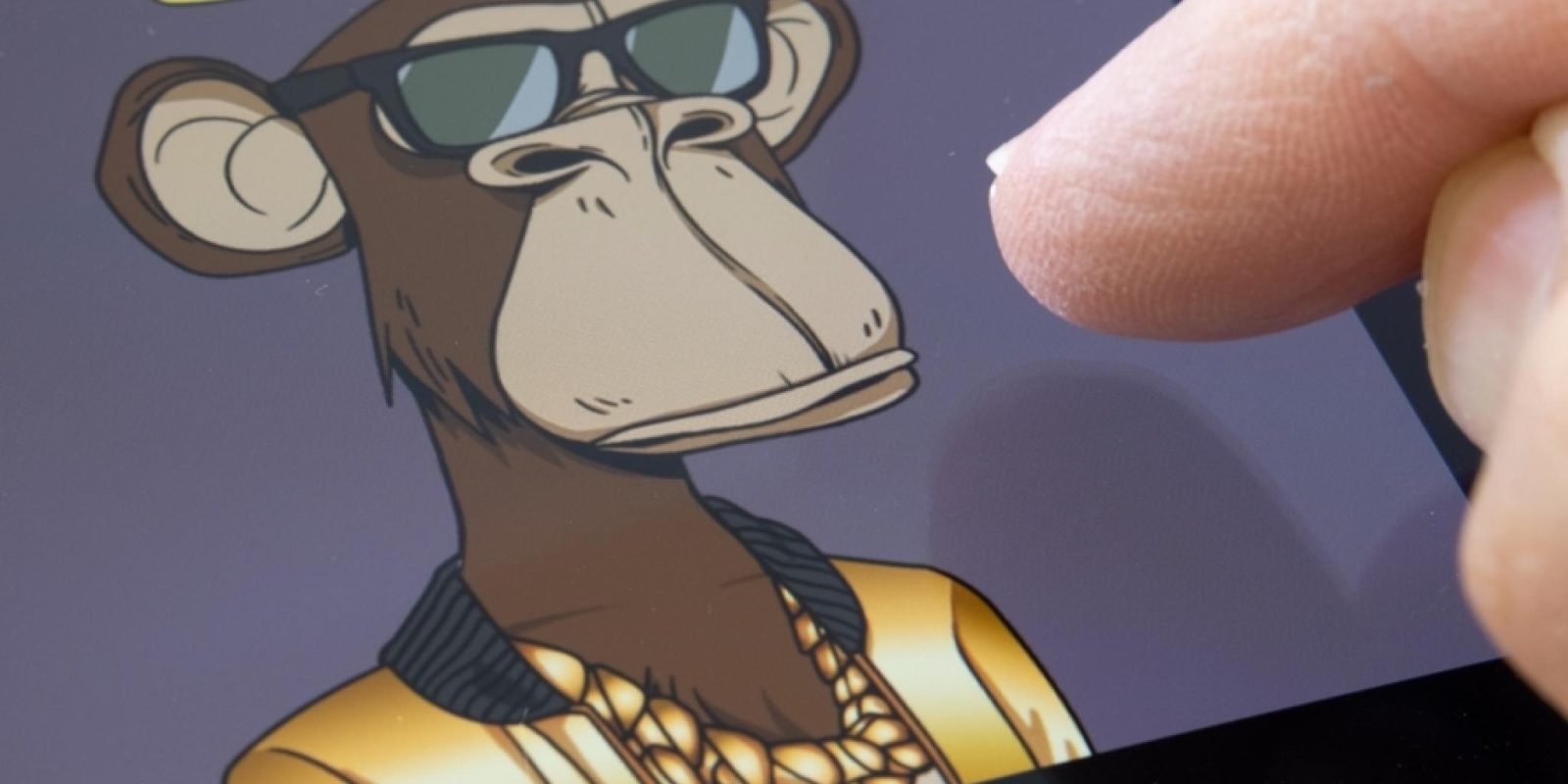Engagement & Transparency: How NFTs Are Poised To Reinvent CSR

By Tereza Bízková
“We hired a CSR person at Twitter, years before we hired our first sales person, to make sure we had a culture and impact of doing good,” remarked famously Biz Stone, Twitter’s co-founder.
This isn’t exactly a conventional step for founders, but it may have its benefits. In fact, an HBR study found that companies that are highly purpose-driven outperform the market by 5-7% per year in growth and profitability.
Yet, identifying purpose—and living it through corporate social responsibility (CSR)—remains notoriously difficult for many businesses out there. Fluctuating revenue and market volatility hardly help: 2020 saw a 6.1% drop in corporate giving, with numerous impact initiatives affected as a result.
There’s a powerful argument against putting CSR on the backburner, though. The vast majority of consumers say they would be more willing to purchase from companies with a commitment to addressing social, economic, and environmental issues. And 73% of investors agree.
So, how can companies navigate the widespread pressure to make the world a better place?
On a crusade to make CSR more than a mere afterthought, some brands have been exploring how blockchain technology, and non-fungible tokens (NFTs) more specifically, can revitalize their impact efforts.
For example, last June, Coca-Cola raised over half a million dollars for the Special Olympics through an NFT auction on OpenSea, showing a glimpse of a wholly new way of approaching CSR—with engagement and transparency at its heart.
Impact shouldn’t be a zero-sum game
From Bored Apes to Crypto Punks, NFTs have until now been mostly associated with overhyped PFP (profile picture) art on Twitter and get-rich-quick schemes—but there’s much more to it.
“Imagine if Nike were to partner with a coral protection nonprofit,” points out Jon O’Sullivan, the business development manager at Project Ark, a social impact NFT platform. “They could offer NFTs representing each planted coral and bake utilities that fulfill over time into their smart contracts.”
If a Nike fan becomes an NFT holder, they don’t lose by giving and supporting a cause—they gain. “It can be more than beautiful art that can appreciate in value over time—a sneakers subscription, unique promotions, access to events or objects in the metaverse…,” O’Sullivan adds.
This way, companies not only reward their audience for giving and supporting their CSR mission—they actively involve them in it. Such engaging strategies have the potential to cultivate a whole army of enthusiastic supporters that companies have a new, more authentic channel to market to.
O’Sullivan highlights that with well-developed utility roadmaps, NFT holders can reap the benefits for years. This could be an “NFT fish” given to random coral NFT holders over time—depending on how Nike would design the tokens.
And it gets even more interesting… Nike’s target market is 11-55 years old; with the 25-40 age range, millennials make the biggest chunk of it. Incidentally, this is also the generation that has, according to Deloitte, the strongest belief in corporate responsibility.
Not only could NFTs help make giving more engaging, but they can also unlock new demographics for brands that get CSR right.
Transparency, a key ingredient of CSR
“Achievable” is one of the key characteristics of successful CSR efforts. But setting clear goals, monitoring progress, and demonstrating impact doesn’t always come easy—to the common dismay of customers, investors, and even team members.
NFTs are built on blockchain, making each transaction inherently unchangeable, decentralized, and viewable by anyone globally. In other words, they don’t create doubts about where the money goes.
Were you to purchase the coral NFT, for example, you could see precisely how much money Nike has received into their wallet and how they are spending it—championing unprecedented transparency.
“Brands will be able to show to the world that they are contributing in a transparent way, too,” says Manu Alzuru, the founder of DoinGud, an NFT ecosystem focused on creativity and social impact. “There are many brands that say they would donate 10% to a cause, but how can we know they actually did it? With NFTs, this problem will be solved.”
Tackling the environmental debate
Nowadays, there’s one substantial cloud in the NFT sky. Talks about the environmental costs of transactions on some blockchains, such as Ethereum, have fuelled criticism for a good reason.
And some actors have paid for this first-hand. Last year, the World Wildlife Fund (WWF) was planning to launch an NFT collection of 13 endangered species on Polygon, an Ethereum-based blockchain. While the negative impact isn’t as high as that of Ethereum, it’s still considerable—the reason why WWF faced significant pushback and ended up canceling the project.
Could the failure have been prevented? Obviously, brands looking to capitalize on NFTs need to prepare for backlash—and education will be critical.
“It’s vital that actors looking to launch their NFTs are aware of the chain they are using as well as the ramifications on the environment,” notes Sonia Nigam, the CEO and co-founder of Change.IO, a blockchain-based platform building giving experiences. Nigam’s company also allows anyone to carbon offset their NFTs.
Moving from chains that operate on labor-intensive proof of work could be a possible solution, Jon O’Sullivan from Projekt Ark suggests. “Proof of stake is better—it’s basically equivalent to a Zoom call.”
“There are many misconceptions about blockchain emissions, with many people sharing these on social media without giving them much thought. The knowledge gap needs to be addressed urgently,” O’Sullivan concludes.
With new business applications of web3 emerging every day, from accepting cryptocurrencies and issuing their own NFTs, to buying metaverse real estate, brands will eventually jump on the bandwagon to stay relevant.
There is now a clear promise that making CSR an integral part of these strides could help them do more good, attract new demographics, and deepen the relationships they have with those customers that share the same values.
Photo via Shutterstock.




